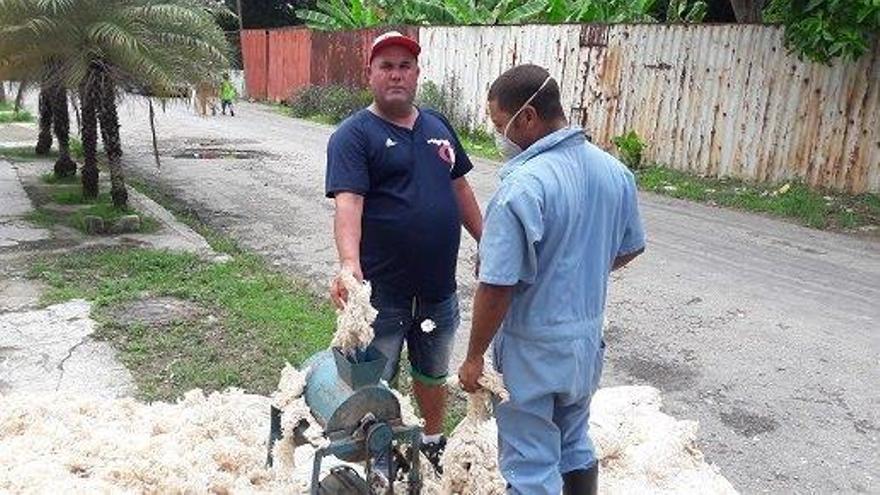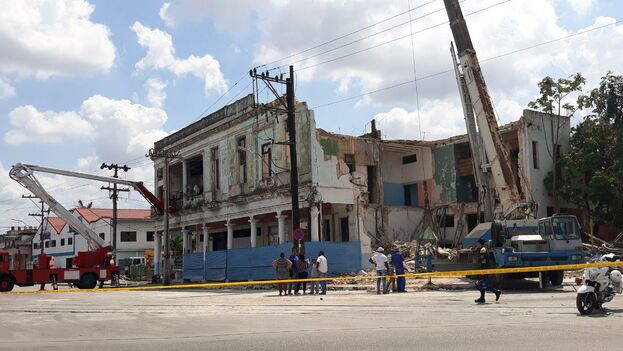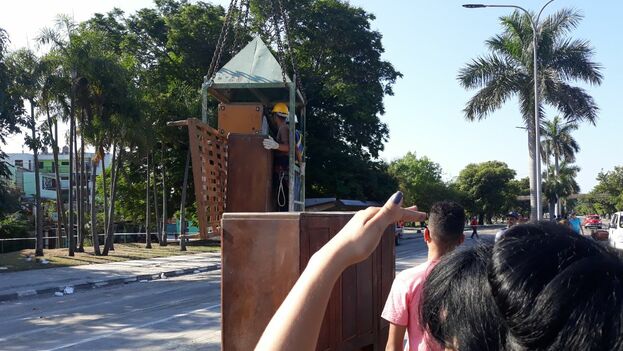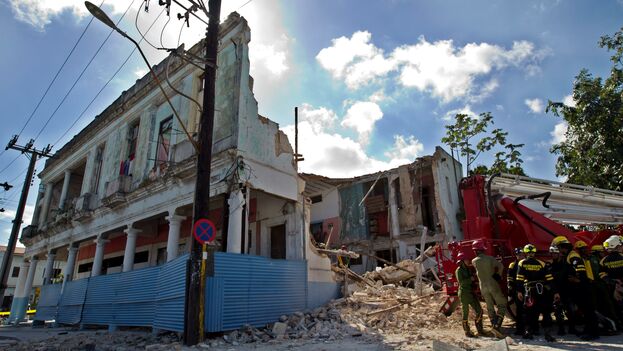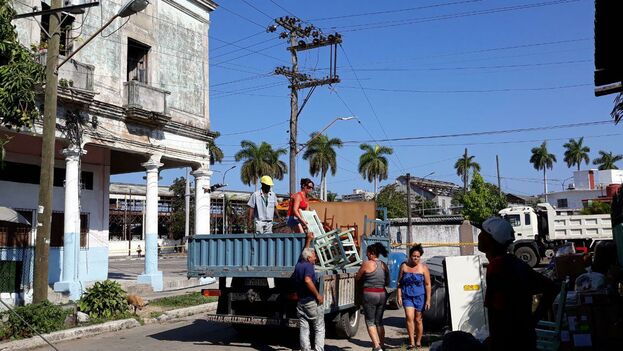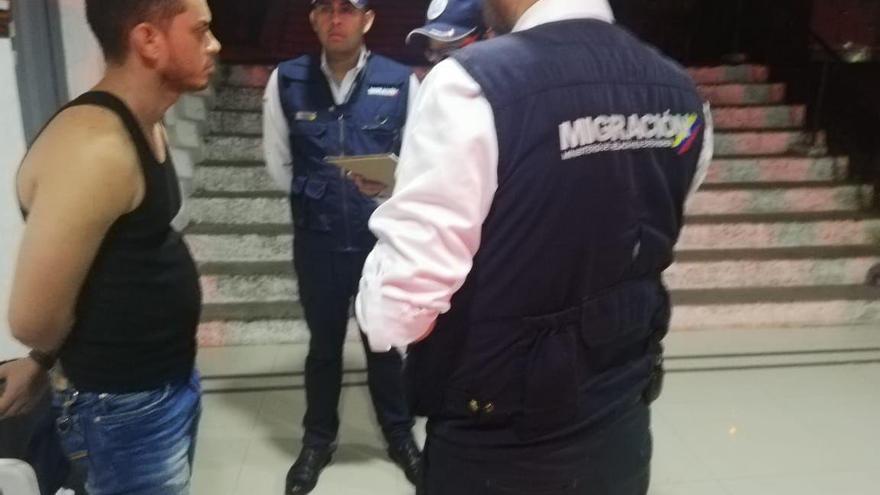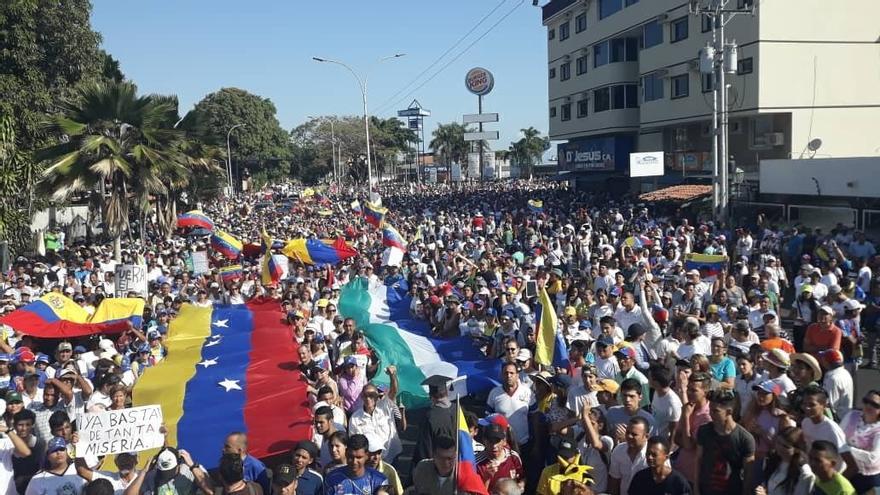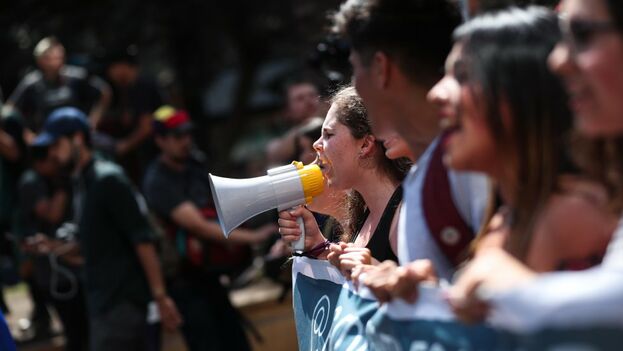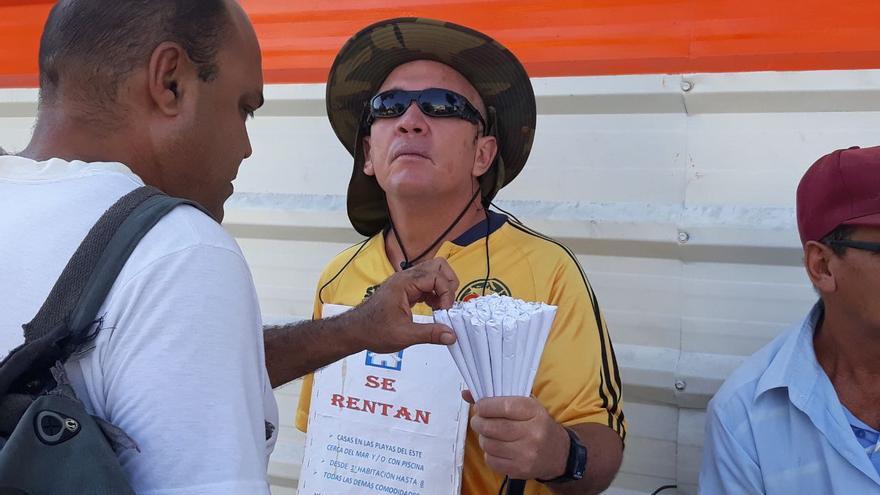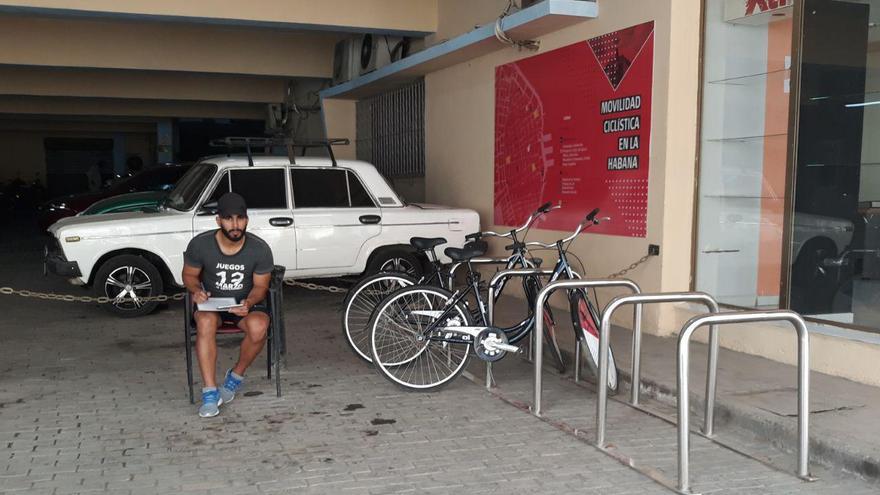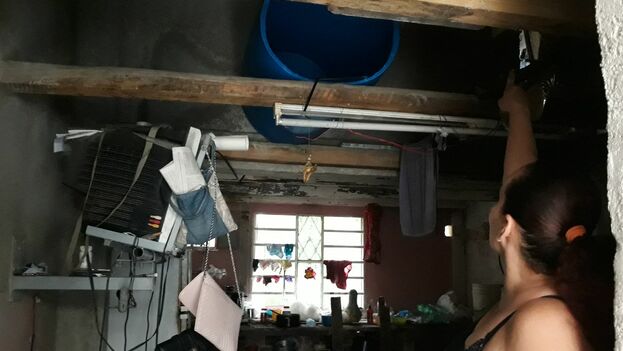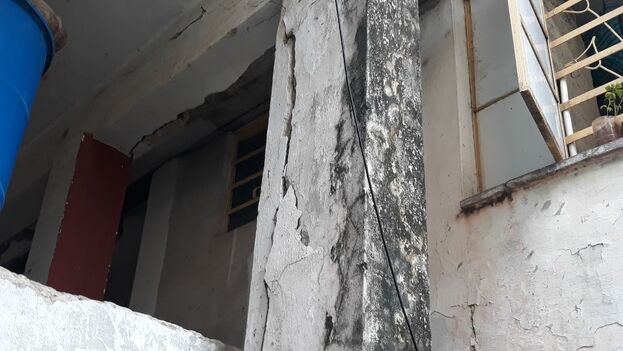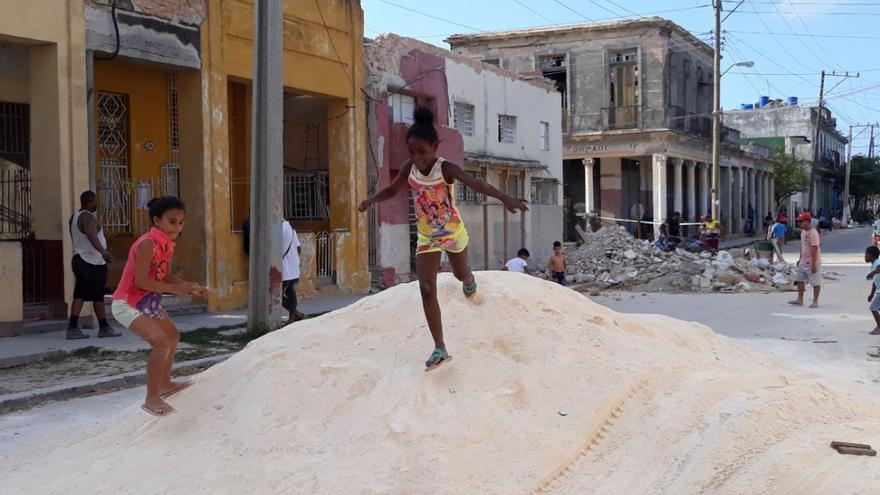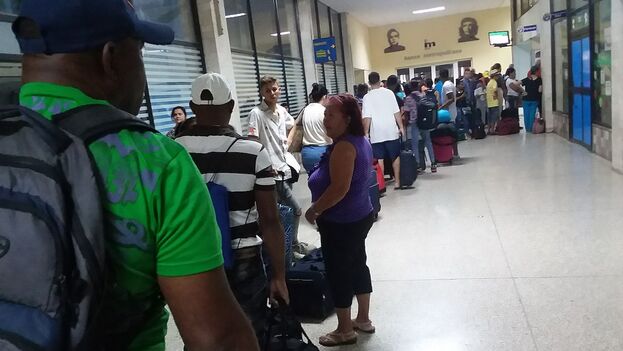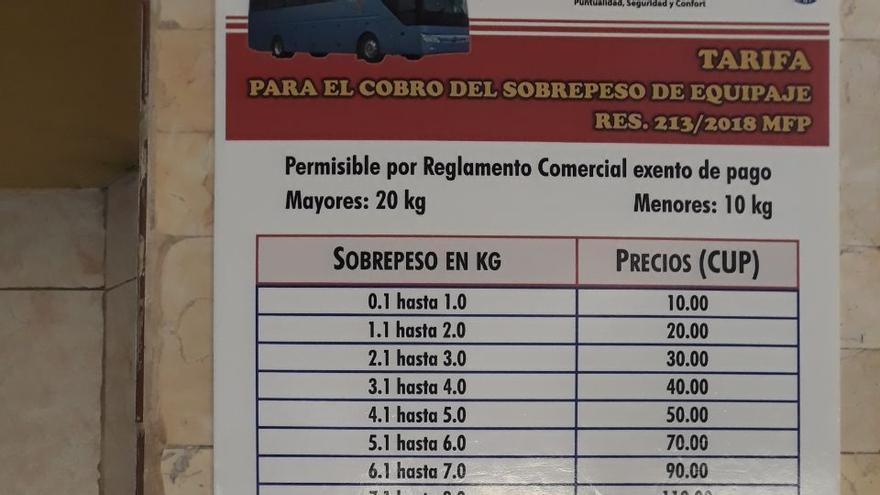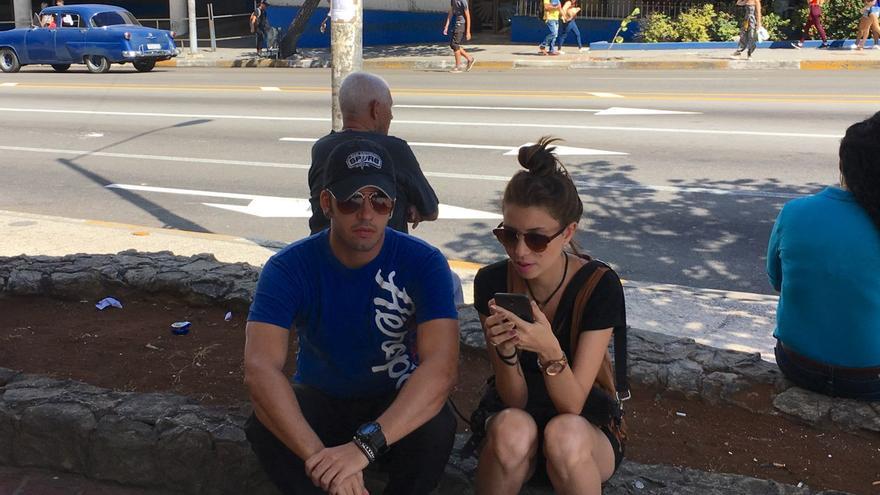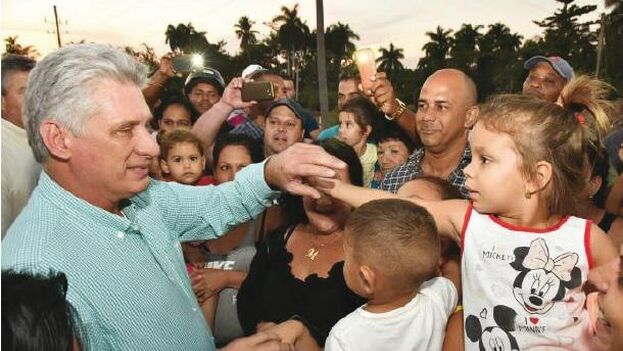Last November, a public system for renting bicycles in Havana began operating experimentally. But the Ha’Bici project, a joint effort by the Office of the Historian of Havana, the provincial General Directorate of Transport and the Basque Government, has just not become an alternative for residents.
“It’s too expensive, because the occasional customer has to pay 50 CUP (Cuban pesos) to rent a bike for an hour, while the subscriber pays 60 CUP a month, and those are prices for foreigners, not for people who have to live on a Cuban salary,” complains Oscar, a neighbor of one of the bike rental outlets in the historic district. continue reading
Tourists have been the main beneficiaries of the initiative so far, a Ha’Bici employee confirms to this newspaper. “Very few Cubans come to rent a bicycle and when they come it is because they want to accompany some tourist on a ride around the city,” adds the worker, who preferred anonymity.
In his opinion, young people are “more open to the idea of enjoying riding a bicycle without this making it seem that they are poor or in the middle of a crisis,” but he recognizes that “many Cubans still see a bicycle as a form of punishment, not as recreation and something good for their health.”
A study by the Health Center of the German University of Sports (DSHS) states that “people who suffer from the typical discomforts of back pain, or who are overweight or have other cardiovascular diseases could enjoy many years of good health, if they decided to ride a bike more.”
The countries of northern Europe are those that have best incorporated the bicycle into urban mobility. An appropriate geography, with flat cities, and public policies oriented towards sustainability and health have turned countries like Holland, Sweden, Germany, Belgium or Denmark into places where it is common to see politicians and big businessmen bicycle to work.
In Cuba, on the other hand, the memory of having to use bicycles to get around in the ’90s is too close for comfort. After the collapse of the Soviet Union, one of the first signs of economic deterioration was the plummeting of public transport. Rather than wait for hours at a bus stop, many preferred to climb onto the saddle.
“I had never ridden a bicycle,” says Yanet Gonzalez, 44 , who lives in Alamar in Havana del Este tells 14ymedio. “When I was a girl, only the boys used them and in my family they thought that a woman should not be out there pushing the pedals.” When she finished ninth grade she got a Chinese-made bicycle for being a good student and her life changed.
“When I got home, my father told me we were going to sell it,” she recalls. On the black market, the price of the bike exceeded 1,500 CUP at that time. “That was when a pound of rice cost 50 CUP, so my family immediately thought of turning the bicycle into food.” Despite the pressure, Yanet refused to sell it.
“I learned to ride and I spent almost a decade using the bike to get around without being dependent on public transportation.” On two wheels she rode to the place where she met her husband, later they both rode on a bike to the birthplace of their first child, and when she decided to leave the state sector and go to work on her own she sold her first sweets, too, “from the seat of my bike.”
Now, Yanet is like those thousands of Havanans who have not touched a bicycle in almost two decades. “As soon as people felt that the economy was improving a bit at the beginning of this century, the first thing they let go was the bicycle, because for most of them it was something they did not use because they liked it but because they had no other option,” she admits.
With Hugo Chávez’s rise to power in Venezuela, the island began to receive large shipments of oil that supported the reestablishment of public transport in Havana, although never with the number of routes nor the frequency that had been operating during the years of the Soviet subsidy. As more and more buses filled the streets, bikes became scarce.
Roberto spent almost 20 years repairing cycles and fixing flat tires next to the gas station on Carrer Infanta and Lealtad. “I had up to 10 customers a day, because this was one of those streets where there was a steady flow of passing bicycles,” he explains to this newspaper. “With what I earned I fixed the house and even helped one of my children to leave the country, but about ten years ago I closed the business.”
“Almost no cyclists came any more,” he explains. “We converted this into a cafe, but I liked my previous work more,” Roberto acknowledges. He believes “Havanans fear the bicycle because it brings bad memories.”
Near his home is a bus dispatch point adapted to transport bicycles through the tunnel under the Bay to East Havana, but the frequency of the departure of vehicles has fallen a lot and when one does leave it is filled almost entirely with electric or gas motorbikes, but very few bicycles. The same scene is repeated on the boat to get to Regla or Casablanca.
In 2013, the authorities announced a program to promote the use of bicycles. Marino Murillo, head of the Commission for the Development of Economic Reforms, extolled the advantages of this means of transport for the mobility of the population and said there was an ongoing evaluation of “wholesale prices for the sale of parts for maintenance,” but six years later little has changed.
To buy a bicycle in hard currency stores you need more than 100 CUC (Cuban convertible pesos) and in the informal market the prices are similar, although the variety of bikes available is greater.
“It’s too hot to ride a bike and traffic is dangerous,” says Raunel, 29, who says he prefers motorbikes. Most providers of public bicycle services in Europe offer electric cycles that, if used in Cuba, would solve climate problems or the problem of riding where there are hills, but it would also be necessary to enable safe routes and raise awareness among vehicle drivers of the importance of respecting cyclists. “As there are no priority paths for cyclists, it’s the law of the strongest and we already know who is going to lose.”
The young man expects that in the short-term “they will sell bicycles at affordable prices, reopen parking lots and improve the situation of the streets,” in order to be able to get around on two wheels again. “So, as the situation is now, it is suicide to travel by bicycle, especially at night because there are areas that have virtually no street lighting.”
_________________________
The 14ymedio team is committed to serious journalism that reflects the reality of deep Cuba. Thank you for joining us on this long road. We invite you to continue supporting us, but this time by becoming a member of 14ymedio. Together we can continue to transform journalism in Cuba.
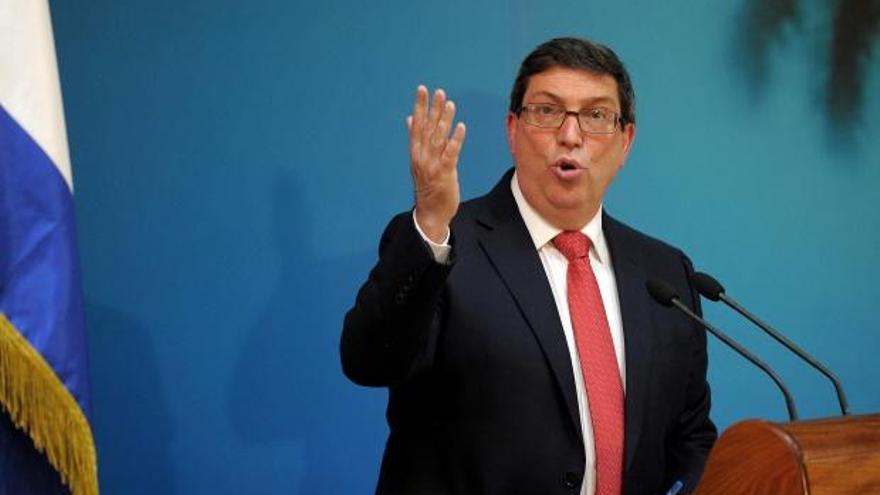
![]() Havana, 16 March 2019 — This Saturday, the Ministry of Foreign Affairs (Minrex) rejected the United States’ decision to reduce the duration of the B2 Visa (for tourism and family visits) from five years to three months for Cuban citizens. The decision was announced this Friday by the US Embassy in Havana.
Havana, 16 March 2019 — This Saturday, the Ministry of Foreign Affairs (Minrex) rejected the United States’ decision to reduce the duration of the B2 Visa (for tourism and family visits) from five years to three months for Cuban citizens. The decision was announced this Friday by the US Embassy in Havana.
